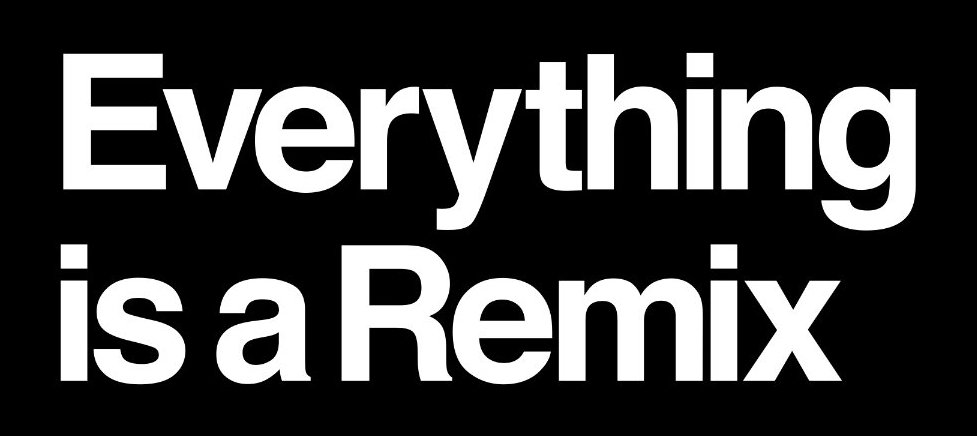The gentle way to kill your darlings
The phrase “kill your darlings” is widely attributed to the author William Faulkner, but it’s actual origins are more complicated
"Kill all your darlings" is another oft-repeated quotation of complicated origin. It’s gone viral in recent decades because it concisely relates the ruthless edge you need in order to finish high-quality projects. You need to cut, crush, and mutilate your own beloved work.
The most vital area where we all need to get ruthless is with our ideas. In particular, which ideas do we choose to develop into complete projects? Which do we consign to oblivion? And how do we avoid losing material that might prove useful later?
Let’s start with the obvious.
File and flag your great ideas
Duh, file your great ideas. Tag them as “great”. These are your top draft picks.
But beware: ideas can give a great first impression and actually be mediocre. This happens a lot.
The best sign that an idea really is great is that it will immediately start growing and take on a life of its own. If that happens, ride the wave and see if it will carry you through to a small completed project. If you still see more potential in that material, turn it into a new or bigger project.
File the good ideas… and the okay ones… actually, file anything not horrible
You not only file your good ideas and your okay ideas, you file all not-terrible ideas.
You don’t do this because you want a massive pile of okay ideas, but because okay ideas can turn into great ones. They do this in three ways.
An okay idea later can be transformed into a great idea.
An okay idea can lead to a great idea.
A series of okay ideas can combine into a single great idea
Be generous. If an idea’s not garbage, it goes into the system.
But if an idea is garbage delete it. It’s obvious when an idea is junk. You know these when you see them.
Arrange your ideas into tiers
How do you tame your notes so that the best material stays in focus and the lowest quality stuff stays in the margins?
I arrange notes into a simple 3-tier system.
A Grade
This is where top candidates for new projects live. I tag these ideas as #A and keep them at the top of my list of notes. Anything that hangs around for a while without turning into a project gets demoted to B Grade. These will be a tiny minority of your ideas.
B Grade (Default)
B is the default grade for every note in my system. Everything that is good or alright or better-than-bad is automatically assigned a B. These notes are not tagged. B grade notes will likely be over 90% of your notes.
C Grade
These are the not-terrible ideas that could somehow later prove useful. I keep these notes at the bottom of my file list and tag them as #C. Very little of this material actually will develop into anything, but very occasionally, it does, and that justifies keeping this stuff. Like A grade, these will be a small minority of your notes.
I find this system quick and easy to use. Three tiers are plenty and the vast majority of notes don’t get labeled at all.

